A measurement activity to help students understand how to measure area in squares.
This teaching resource is a worksheet designed to help students practise measuring areas using squares.
This activity asks students to measure areas based on the fairy tale, Three Little Pigs.
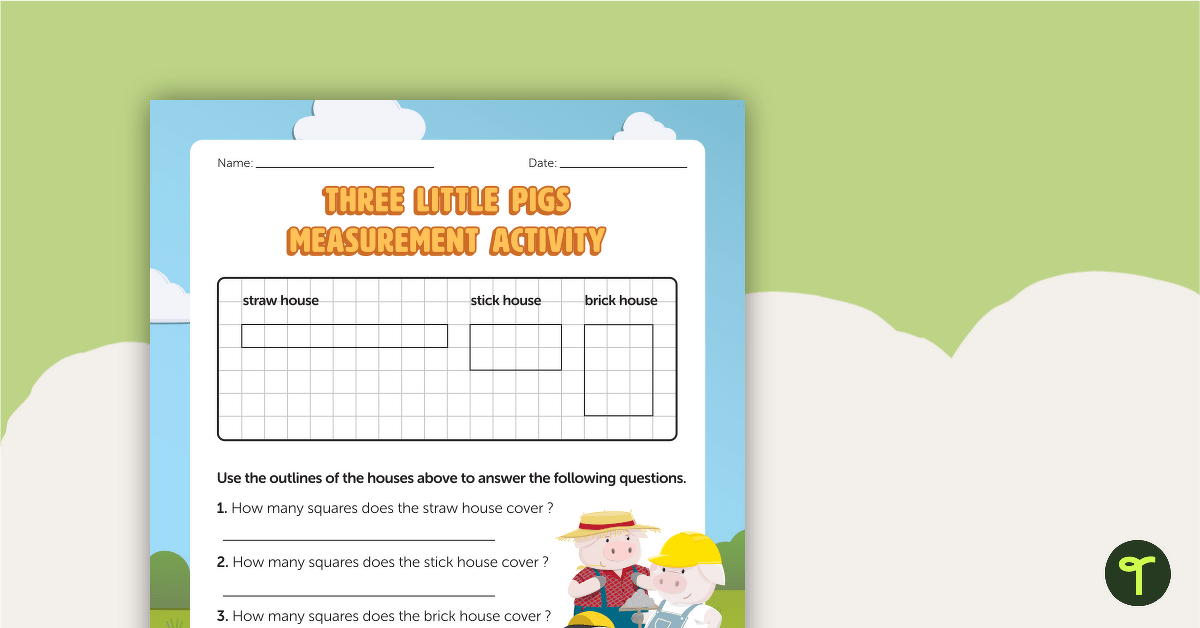


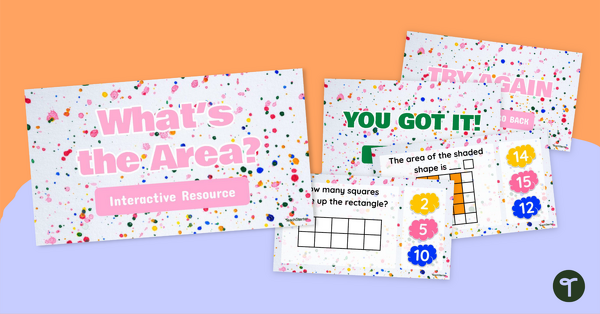
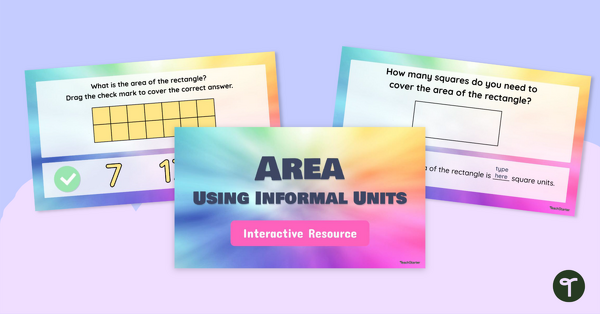
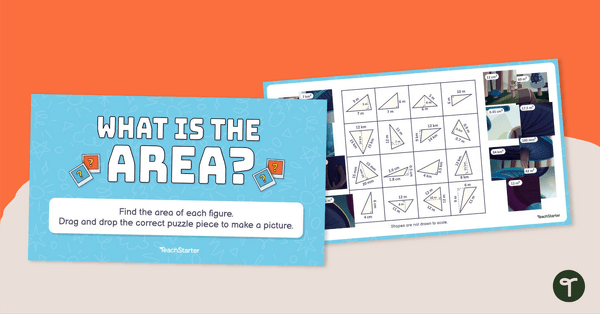

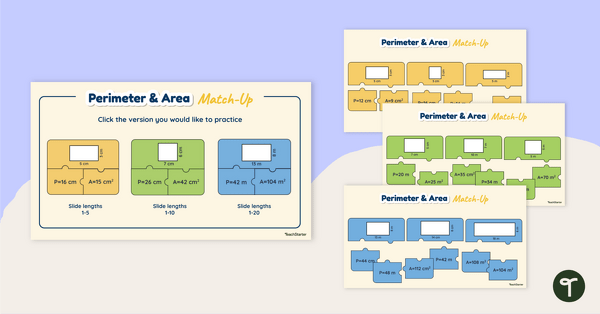
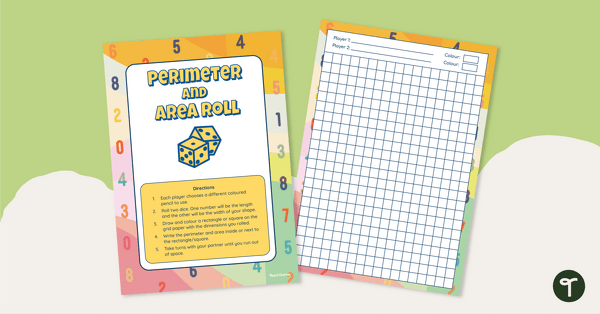
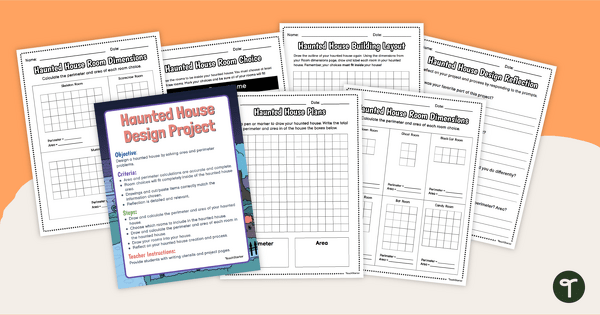
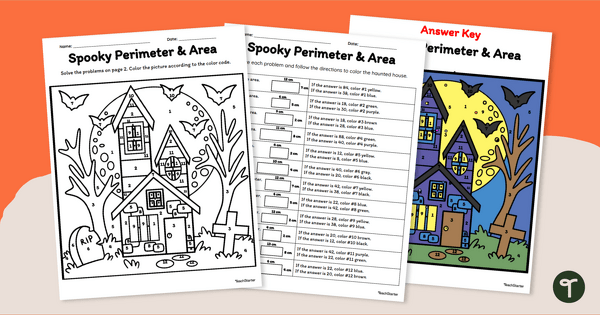
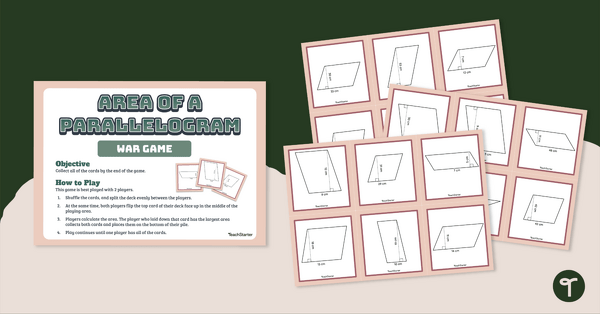
Lovely connection between stories and Maths - learning and fun. Thank you.
You're most welcome, Zuriette! Great to hear from you again.